Hungary
THE HISTORY OF HUNGARY
Hungary boasts a rich and varied history, one that stands apart from those of its neighboring countries. The Magyar people came to Hungary from Central Asia late in the ninth century. Though they quickly established ties with their Slavic neighbors, their language and culture remain distinct to the present day. Hungarian is a Finno-Ugric language, which holds no resemblance to the Slavic language family.
Prior to World War I, Hungary joined with Austria to form the Austro-Hungarian Empire. The outcome of the war brought an end to this union in 1918, devastated the population, and resulted in the loss of much of Hungary's territory. When World War II began less than thirty years later, Hungary joined with the Germans and Italians, hoping to reclaim the lands lost in the previous world war. Early in 1945, the German forces in Hungary were defeated by the Soviets. The Soviet victory foreshadowed the onslaught of the communist regime which was to rule Hungary for the next four decades.
In 1956, an uprising against the Soviet-backed government, which included student rallies in Budapest, forced the Soviets to bring in their tanks. The secret police opened fire on demonstrators, students attempted to take over the radio station, and rebel units of the Hungarian army fought against the incoming Soviet tanks. After nearly a week of fighting and general unrest, the Soviets agreed to withdraw. Later in the year, however, the Soviet army returned to Budapest in even greater force to crack down on the unrest. The tanks showed no mercy by destroying buildings, while Soviet troops sprayed machine gun fire at Hungarian civilians. Thousands died and an even greater number left the country.
In 1989, the ruling communist party in Hungary fell from power after the Soviets could no longer provide economic assistance. The Hungarian people replaced the single party system with a multi-party parliamentary democracy in 1990 and held free elections.
The fall of the Berlin Wall in 1989, which so poignantly symbolized the collapse of the communist regimes in Central and Eastern Europe, did not bring immediate relief to the people of the region. For many, it further complicated their lives. The personal freedoms that resulted brought sighs of relief from many people, but the challenges that lay ahead seemed bewildering, even frightening, to the many people who had only dim recollections of the period before 1945. Without the widespread government subsidies and full -employment policies of the old regime, many would be left to fend for themselves in the unfamiliar environs of an open market.
It will take years, if not decades, for the Hungarian economy to function smoothly enough to compete with the well-established market economies of the West. Hopefully, Hungary's experience with the gentler brand of communism that allowed some free enterprise, combined with a willingness to improve upon their situation will bring economic prosperity in the not-so-distant future.
Land and Population
Hungary's area is 93,000 sq km's with a population of 10 Million. The capital of the country is Budapest with 2 Million inhabitants and the notion of a large city. 90% of the population belongs to the majority. Major minoritities include Romas, Germans, Slovaks and Romanians.
The official language of the country is Hungarian, but lot of Hungarians speak English and/or German. Most of the religious people are Roman Catholic, about a quarter are Reformed (Calvinist) and less than 10% are Evangelical (Lutheran), 5% belonging to other religions. The Hungarian state is a parliamentary democracy.
Hungary has been a member of the European Union since 2004. The country's major industries are mining, metallurgy & agriculture, construction materials, processed foods, textiles, chemicals (especially pharmaceuticals) and motor vehicles. Major trading partners are Germany, Austria, Italy and Russia. Economic growth is above 4% for the past years mainly due to the dynamic expansion of export.
THE CLIMATE OF HUNGARY
Hungary's climate is temperate, with little variation throughout the country. July and August are the hottest months, when temperatures may average in the low eighties. The coldest months of winter are usually January and February when temperatures may dip into the mid-twenties. Snow is not uncommon during the winter months.
THE GEOGRAPHY OF HUNGARY
Hungary is a country of just under 36,000 square miles, situated between Austria, Slovakia, the Ukraine, Romania, and the trio of formerly Yugoslavian territories: Slovenia, Serbia, and Croatia. The Danube River, running north-south, partitions the country roughly into two distinct regions. The western portion of the county, called Transdanubia (or Dunatul in Hungarian), has a varied topography of smaller mountains and numerous hills mixed with flat, open ranges. To the east is a flat area known as the Great Plain, which stretches to the east and south of Budapest. At the top of the eastern portion of the county, stretching toward the border with the Ukraine, are the mountain ranges of northern Hungary
Politics
Presently, Hungary is governed by a multi-party parliamentary democracy, composed of a parliament, a state president, and a prime minister. The president acts as the head of state and holds the power to veto laws that are deemed unconstitutional. The prime minister leads the government and chairs meetings of cabinet ministers.
Because of economic instability since the revolution of 1989, the parties that govern Hungary have changed frequently. The voting populace seems uncertain of where to place the power, not knowing which party will live up to its promises to better the standard of living and curtail the rapid rates of inflation and unemployment.
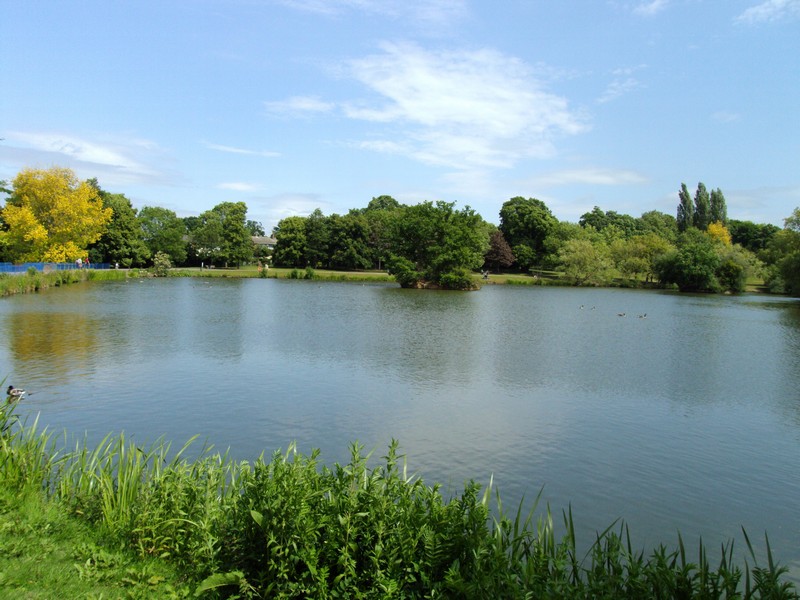
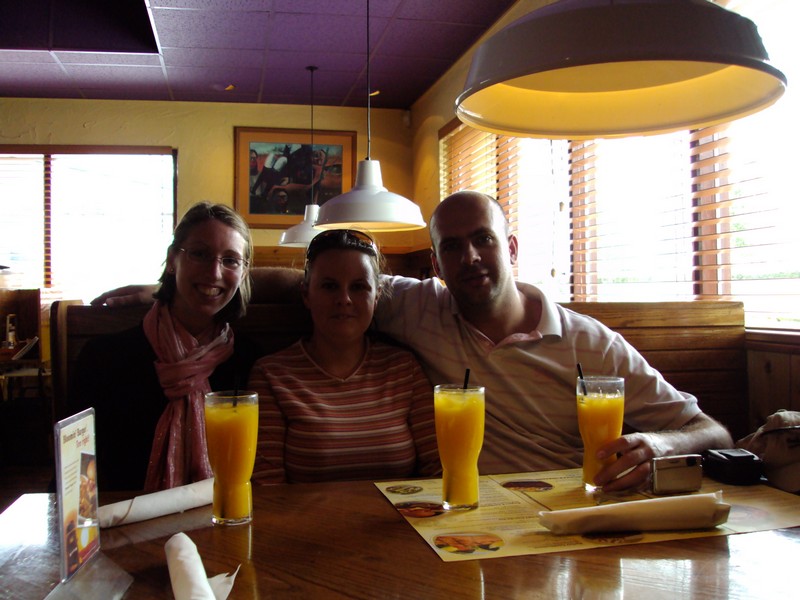
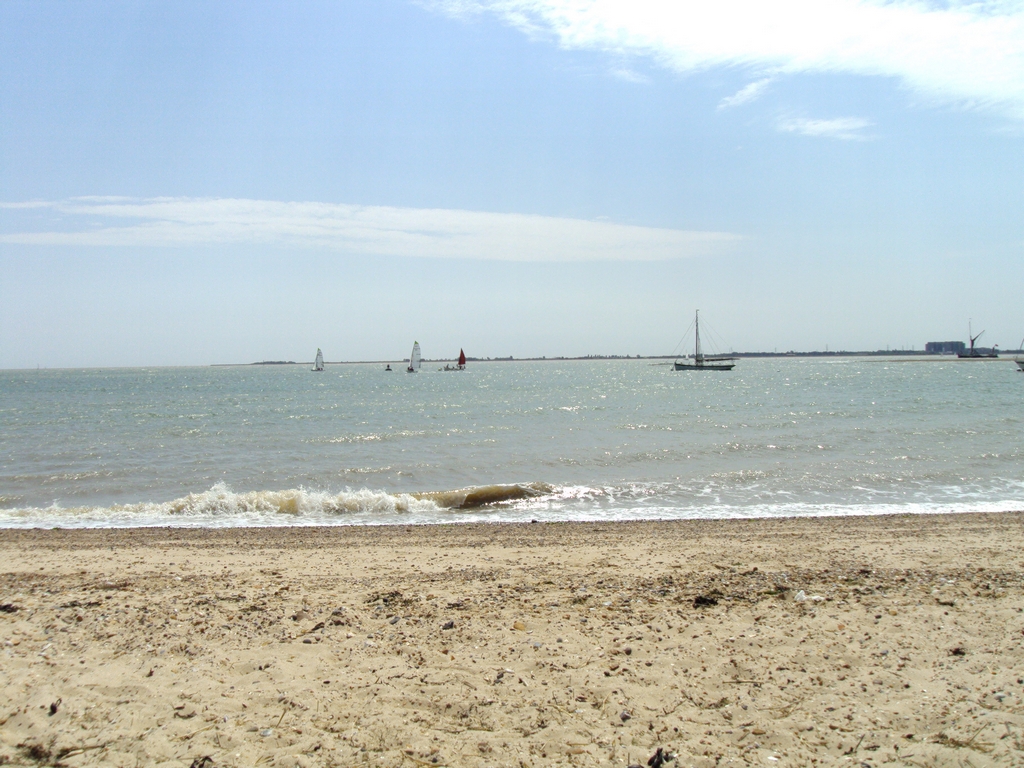

 A hagyományos angol palacsintát megkenik cukorsziruppal, vagy megszórják porcukorral, feltekerik és citromlevet öntenek a tetejére.
A hagyományos angol palacsintát megkenik cukorsziruppal, vagy megszórják porcukorral, feltekerik és citromlevet öntenek a tetejére. 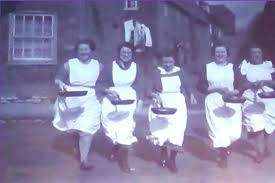
 If I do my homework, I'll get good grades.
If I do my homework, I'll get good grades.
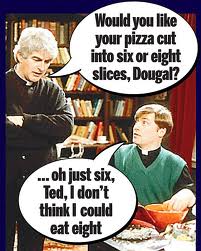 Vannak az angol nyelvben szép számmal olyan szerkezetek, amiket a magyar ember még véletlenül sem úgy mondana, mint egy angol anyanyelvű. Hogy csak egy példát említsek: mi azt mondjuk: Azt hiszem, ennyit nem tudok megenni. Ők azt: Nem hiszem, hogy ennyit meg tudok enni.
Vannak az angol nyelvben szép számmal olyan szerkezetek, amiket a magyar ember még véletlenül sem úgy mondana, mint egy angol anyanyelvű. Hogy csak egy példát említsek: mi azt mondjuk: Azt hiszem, ennyit nem tudok megenni. Ők azt: Nem hiszem, hogy ennyit meg tudok enni.